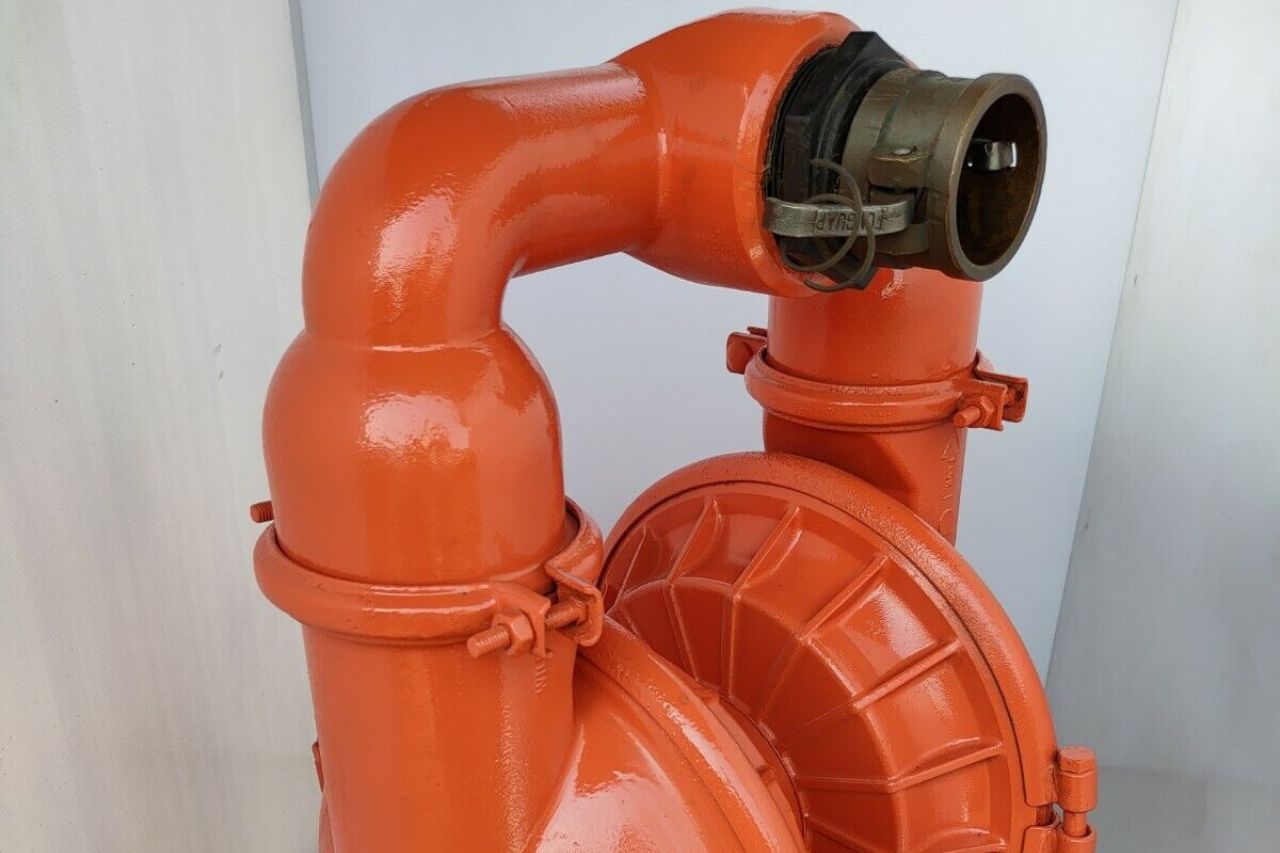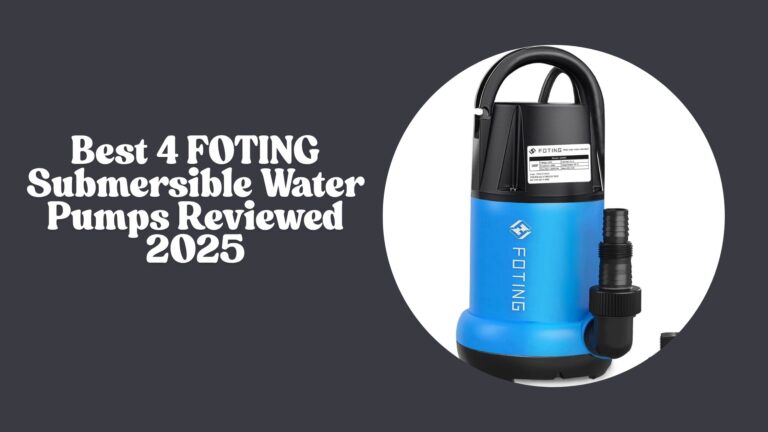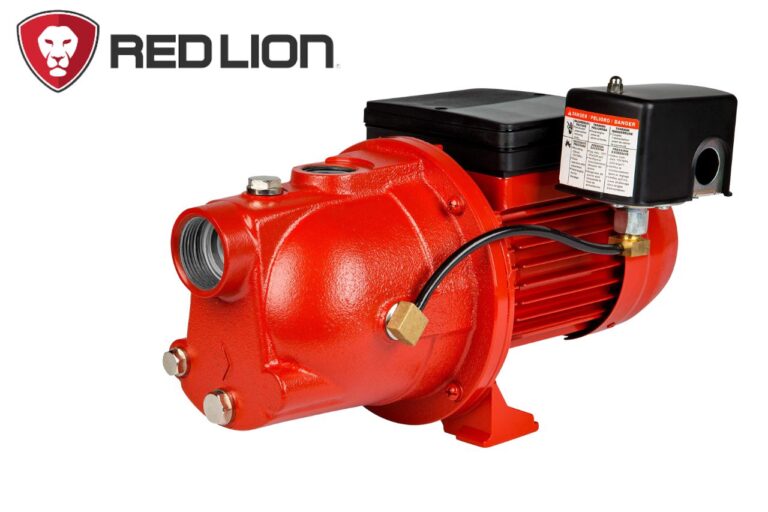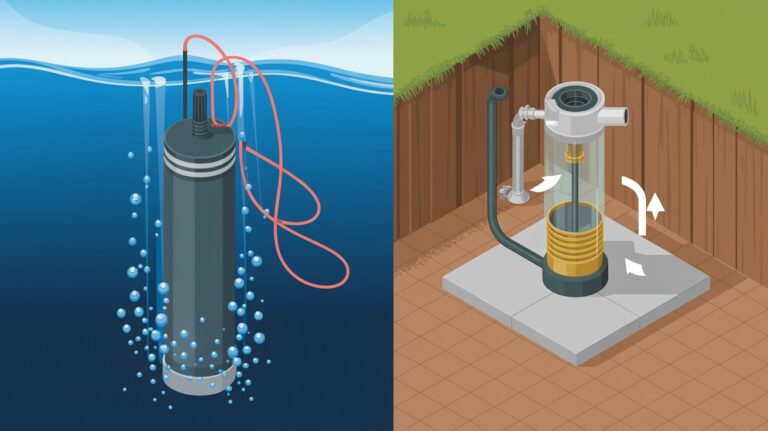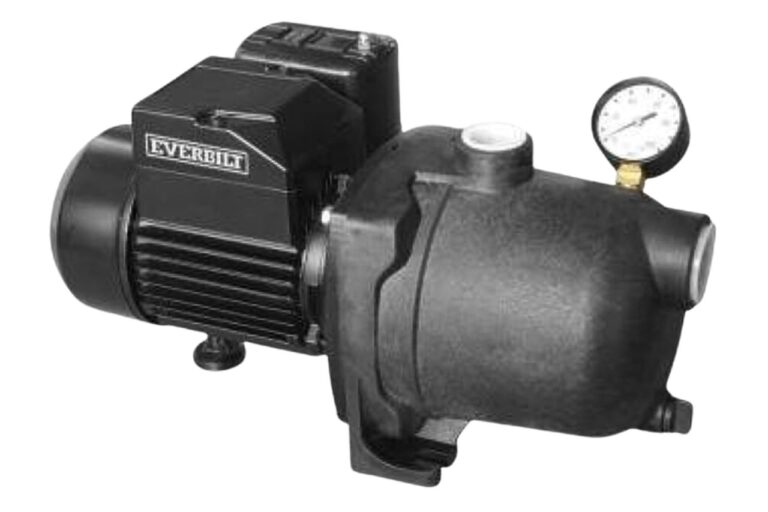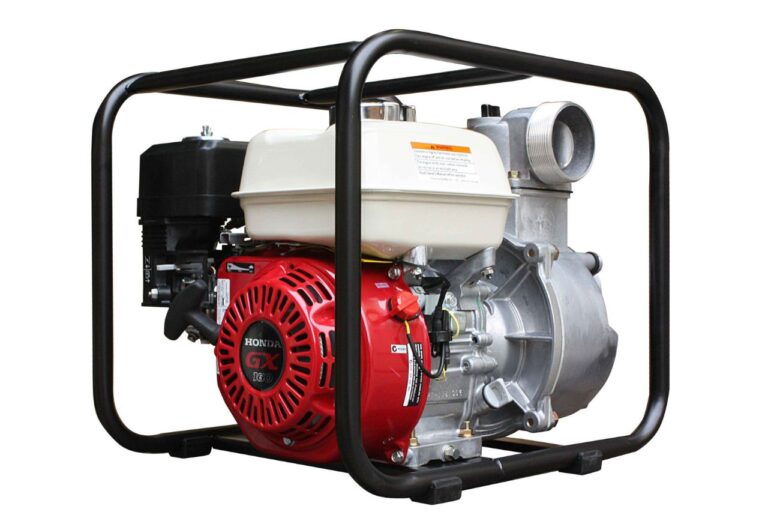Energy Efficiency: Comparing Booster and Transfer Pumps
As the world shifts towards more sustainable and eco-friendly practices, understanding the energy consumption and efficiency of everyday equipment becomes increasingly important. Whether you’re looking to reduce your carbon footprint or save on your utility bills, knowing the ins and outs of booster and transfer pumps can make a significant difference. In this article, we will delve into how these pumps operate, their energy requirements, and ways to maximize their efficiency.
“Energy efficiency is not just a choice; it’s a necessity for a sustainable future.”
By the end of this guide, you’ll be equipped with the knowledge to make informed, eco-friendly, and cost-effective decisions when it comes to using booster and transfer pumps in your home or business.
Energy Usage in Booster Pumps: What You Need to Know
Booster pumps are essential devices designed to elevate water pressure in a system. However, with their pivotal role comes significant energy consumption. Typically found in applications such as water supply systems, irrigation networks, and HVAC systems, these pumps can have a substantial impact on your energy bills if not properly managed.
Understanding the energy usage of booster pumps starts with recognizing their operational requirements. Booster pumps are designed to maintain a consistent water pressure, which means they need to run continuously or cycle on and off frequently. This constant activity can lead to high energy consumption if the pumps are not optimized for efficiency.
Key Factors Affecting Energy Consumption in Booster Pumps:
- Pump Size and Type: Selecting the right size and type of booster pump for your specific application can significantly influence energy use. Oversized pumps often lead to energy wastage, while undersized pumps can be overworked and less efficient.
- Operational Settings settingsstrong: Adjust of the your booster pump to match the peak demand periods can optimize energy usage. Incorporating variable frequency drives (VFDs) is a great way to control the pump speed according to the system’s requirements.
- Maintenance: Regular maintenance, such as cleaning and replacing worn-out components, can enhance pump efficiency, reducing unnecessary energy expenditure. Neglecting maintenance can lead to inefficiencies and higher energy costs.
Energy-efficient booster pumps are worth considering, as they are designed to provide optimal performance using less electricity. In fact, investing in high-efficiency pumps can lead to substantial savings over time, despite their higher initial cost.
Tips for Enhancing Booster Pump Efficiency:
- Hydraulic Analysis: Conducting a hydraulic analysis can reveal insights into your current system’s performance and identify potential areas of improvement.
- Upgrade to Efficient Models: If your system uses outdated pumps, upgrading to newer, more efficient models can drastically reduce energy consumption.
- Monitor and Adjust: Continuously monitor the performance of your booster pumps and make necessary adjustments to ensure they operate at peak efficiency.
By focusing on these aspects, you not only save on energy costs but also contribute to a more sustainable and eco-friendly system. It’s a win-win for both your wallet and the environment.
Transfer pumps typically consume 20% less energy than booster pumps for the same flow rate
| Parameter | Booster Pumps | Transfer Pumps |
|---|---|---|
| Typical Efficiency Range | 60-75% | 70-85% |
| Energy Savings Potential | Up to 30% | Up to 35% |
| Annual Operational Costs | $1,200 – $2,500 | $1,000 – $2,200 |
| Maintenance Frequency | Every 6 months | Every 8 months |
| GHG Emissions Reduction | Moderate | High |
Energy Usage in Transfer Pumps: What You Need to Know
Transfer pumps, on the other hand, are designed to move fluids from one location to another, often over longer distances. This type of pump is crucial in various industrial processes, from water supply systems to chemical processing plants. But how do they fare in terms of energy efficiency?
Much like booster pumps, the energy consumption of transfer pumps depends greatly on their efficiency. An efficient transfer pump operates with minimal energy loss, thereby saving costs and reducing environmental impact. In contrast, an inefficient pump can lead to excessive energy use, driving up operational costs and contributing to higher carbon emissions.
The Efficiency Rating of a transfer pump is determined by factors such as the flow rate, head (or the height the fluid needs to be lifted), and power input. For example, a hydraulic study in an industrial setting revealed that optimizing the pump’s operating conditions could lead to significant energy savings, sometimes by as much as 30%. This highlights the importance of selecting the right pump for the specific application.
To maintain your transfer pump’s efficiency over time, regular maintenance is key. This includes routine inspections, timely replacements of worn-out parts, and ensuring the pump is operating under the recommended conditions. Neglecting maintenance can lead to decreased efficiency and higher energy costs, often overshadowing the initial cost savings from a cheaper, less efficient model.
Upgrading to a modern, high-efficiency transfer pump can be an excellent investment. Though the upfront cost might be higher, the long-term savings on energy bills can be substantial. According to industry estimates, the energy costs of operating a pump over a 20-year period can be 20 times the initial purchase and installation cost. Thus, investing in an efficient pump can lead to significant financial and environmental benefits in the long run.
If you’re looking to improve your transfer pump’s efficiency, consider consulting resources that focus on pump system performance and energy efficiency. These references often provide valuable insights and practical recommendations for minimizing energy consumption while maintaining optimal performance.
| Parameter | Description | Energy Savings Potential |
|---|---|---|
| Motor Efficiency | Improving the efficiency of the motor driving the pump | Up to 5% |
| Impeller Adjustment | Optimizing or trimming the impeller to match system requirements | Up to 10% |
| Pump System Design | Designing or redesigning the system for optimal flow and pressure | Up to 20% |
| Variable Speed Drives (VSD) | Installing VSD to adjust pump speed based on demand | Up to 30% |
| Regular Maintenance | Conducting routine checks and maintenance to ensure efficient operation | Up to 15% |
Transfer pumps are more efficient in low-pressure applications
In Closing
Making eco-friendly and cost-effective choices regarding booster and transfer pumps begins with understanding their energy consumption and efficiency. By prioritizing systems featuring advanced efficiency improvement opportunities and considering the unique demands of your application, you ensure not only a reduction in energy costs but also contribute positively to environmental sustainability.
When evaluating different pump systems, keep these key factors in mind:
- Performance Curve and Efficiency: Examine the pump’s performance curve to determine its efficiency at various operating points. Choosing a pump that operates near its Best Efficiency Point (BEP) can lead to significant energy savings.
- System Design: Opt for designs that minimize through-flow and shock losses. Ensure components like the casing and enclosed disc are tailored to your system’s requirements.
- Flexibility vs. Efficiency: Maintain a balance between system flexibility and efficiency. While it may be tempting to maximize efficiency, always have a contingency plan in case flexibility is compromised.
In essence, focusing on both the energy consumption and efficiency of your booster and transfer pumps allows for making informed decisions that offer long-term benefits to both your operating costs and the environment. Make sure to prioritize these aspects, and you’ll find it easier to achieve an optimal balance between performance and sustainability.
Frequently Asked Questions:

How can I determine the energy efficiency of a booster or transfer pump?
To determine the energy efficiency of these pumps, you should look for specific metrics such as the pump’s efficiency rating, usually provided by the manufacturer. It’s also vital to consider the pump’s duty cycle, which is how often and how long the pump operates. Energy-efficient models typically have a higher efficiency rating and operate in a manner that conserves energy, reducing both electricity usage and overall costs.
What are some common issues that affect the energy efficiency of pumps?
Common problems that can impact efficiency include improper pump selection, which leads to over-sizing or under-sizing, and incorrect operation, such as running the pump at inappropriate speeds. Shock losses and issues with the pump casing can also contribute to inefficiencies. Keeping your pump well-maintained and ensuring it is precisely matched to your system’s requirements can mitigate these issues.
Are there significant differences in energy consumption between booster pumps and transfer pumps?
Yes, there are differences. Booster pumps are typically used to increase pressure and may consume more energy in systems requiring constant high pressure. Transfer pumps, on the other hand, are primarily used for moving fluids from one location to another and can vary widely in their energy usage depending on the flow rate and head requirements. Understanding the specific needs of your system will help you select the most energy-efficient option.
What steps can I take to improve the energy efficiency of my existing pumping system?
Firstly, conduct a thorough audit of your current system to identify areas of inefficiency. Look into variable frequency drives (VFDs) as they allow for the adjustment of pump speeds to match actual demand, thus saving energy. Regular maintenance is critical; this includes checking for leaks, ensuring clean filters, and verifying that all components are in good working order. You might also want to consider consulting with experts who can provide advice tailored to your specific setup.
Why is it important to consider energy efficiency when choosing a pump?
Energy efficiency has a direct impact on both your operating costs and environmental footprint. High energy-consuming pumps can inflate your electricity bills significantly. Additionally, energy-efficient pumps contribute to a lower carbon footprint, making them an eco-friendly choice. By prioritizing energy efficiency, you’re making an investment in sustainability and long-term cost savings.

